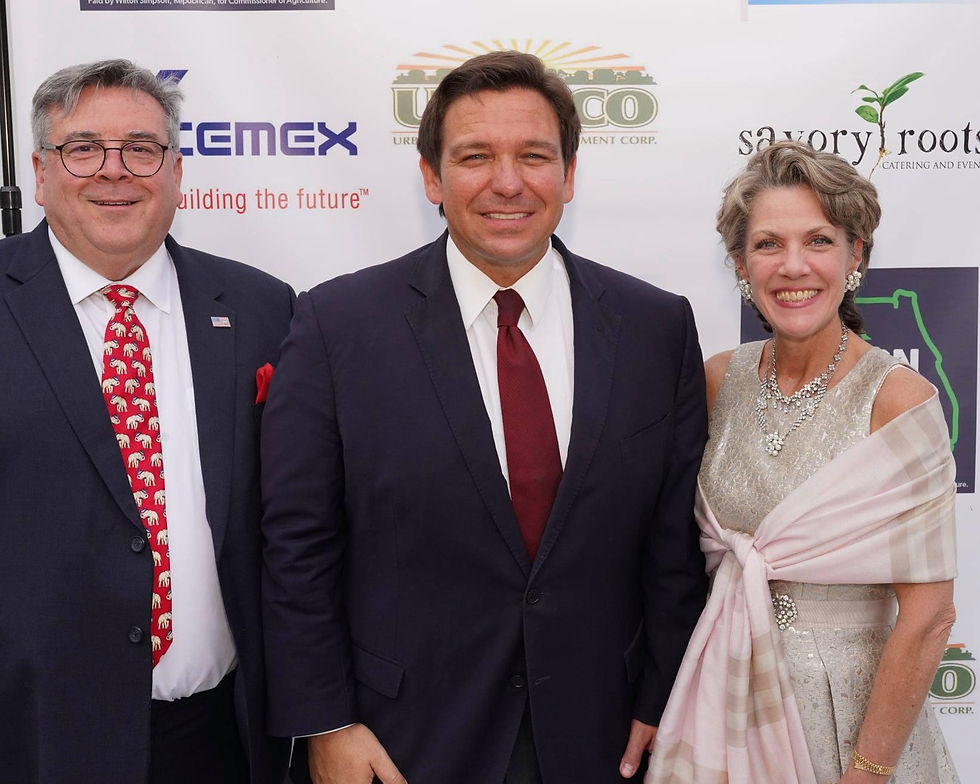**EXPOSED: This Is Why You Feel Broke**
- The Chairman

- Nov 4, 2023
- 3 min read

In an era where the cacophony of economic theories and financial advice is deafening, a fundamental truth emerges, stark and more relevant than ever: the majority of Americans are struggling financially, and it's not just because of stingy paychecks. There's a missing piece in the financial puzzle that most overlook. This is about the progression of money, and the stark transformation it has undergone since 1971—a year that may seem distant in memory but is intimately linked to our current financial woes.
In 1971, according to the U.S. Census, the average household income was about $10,290. Fast forward to 2023, and it has climbed to roughly $77,784—an apparent increase of about 688 percent. This seems like a positive trajectory, but the devil, as always, is in the details. When we juxtapose this income growth against the cost of living—cars, homes, and college tuition—the numbers tell a tale of disproportionate inflation.
Cars, once a $5,000 purchase, have escalated to an average of $42,000. Median home prices skyrocketed from $30,000 to an astonishing $484,000. College tuition soared from a modest $400 for a four-year degree to a whopping $9,300 annually. These staggering increases outpace income growth significantly, underscoring a reality where the American Dream seems increasingly out of reach for the average citizen.
This monetary metamorphosis has not occurred in a vacuum. In 1971, a single income sufficed for a household's needs. By 2023, dual incomes have become the norm—yet even this doubled earning power is faltering against the rising tide of expenses. But the underlying issue runs deeper than mere numbers. The very nature of money has shifted beneath our feet.
Understanding this shift requires a brief history lesson. Two pivotal years stand out: 1913, which saw the creation of the Federal Reserve and the formal inception of the income tax, and 1971, the year President Richard Nixon decoupled the dollar from gold, essentially transforming our currency from a commodity-backed entity to a fiat one. This shift gave the Federal Reserve the unprecedented power to print money and manipulate monetary policy, fundamentally altering the value of the currency.
The result? A relentless wave of inflation, a term derived from 'inflate,' referring to the bloating of the money supply. As more dollars enter circulation, the value of each dollar plummets, and the cost of goods surges—not because those goods are worth more, but because the dollar is worth less.
The implications are as stark as they are unnerving. If trends continue, by 2073, we could be looking at median household incomes of $486,500, cars costing $352,000, homes priced at $7.7 million, and annual college tuitions at $213,000. These figures aren't mere projections; they're cautionary tales urging a reevaluation of our financial literacy.
Now, the conversation turns personal. What can one do amidst this systemic upheaval? The answer lies in education—financial education. Understanding the economic playfield is crucial. Consumers, businesses, and investors make up our economic ecosystem. As prices inflate, so too must our capacity to invest and own pieces of this ecosystem, transcending the role of mere consumers to become active players in the financial arena.
The takeaway is unequivocal: as the cost of living outpaces income, financial savvy isn't just beneficial—it's necessary. It's the difference between those who ride the crest of economic waves and those who are swept away by the tide.
The reality we face is not just a number's game. It's a call to action, an invitation to engage with our finances with a blend of pragmatism and foresight. It's not about predicting the exact figures of the future; it's about preparing for them.



































Comments